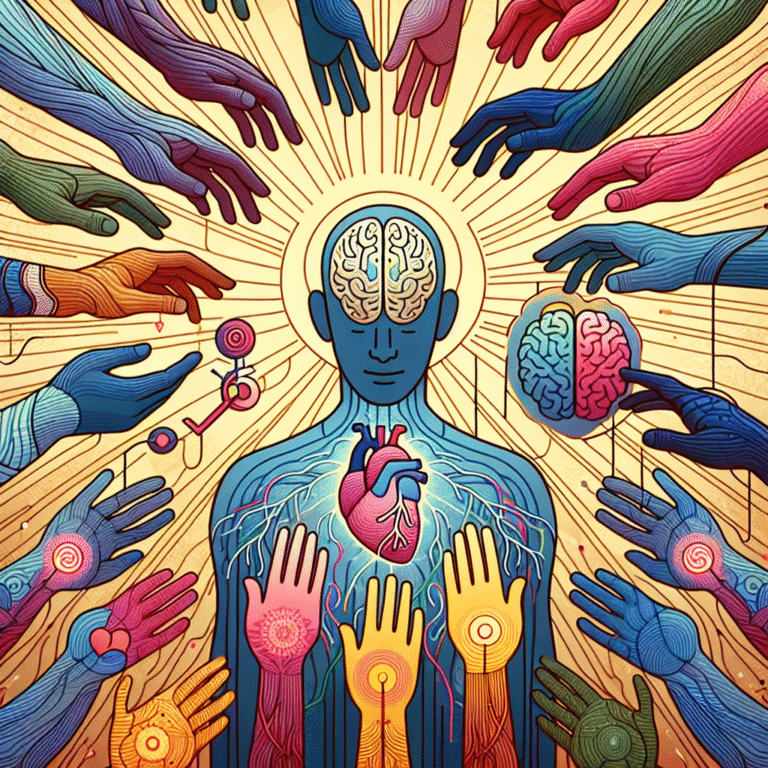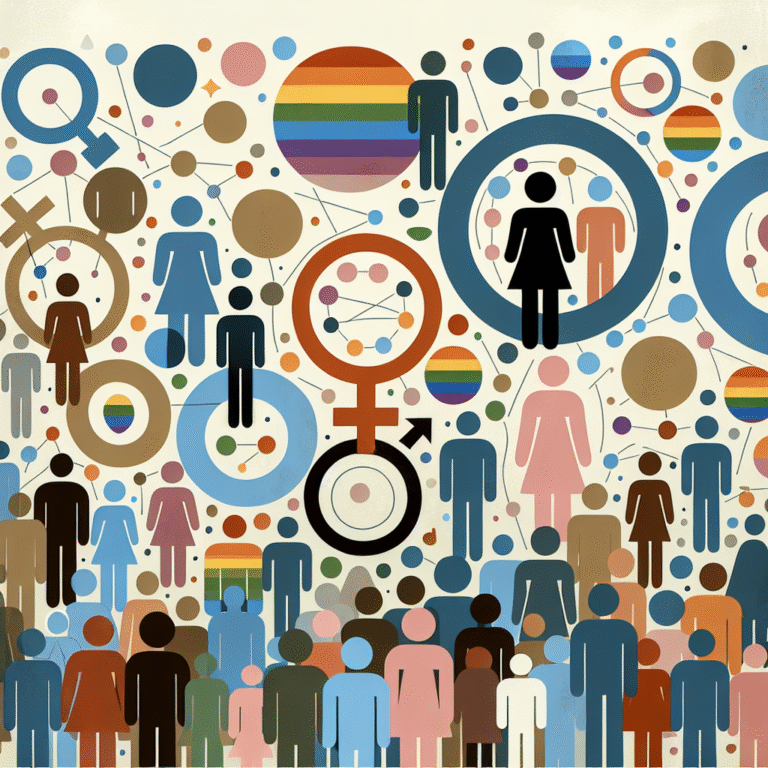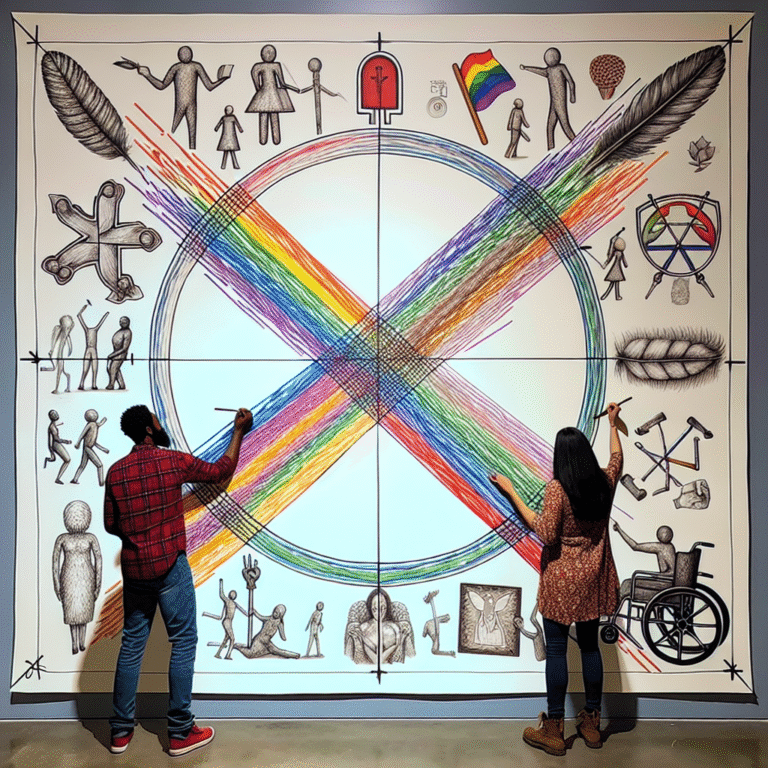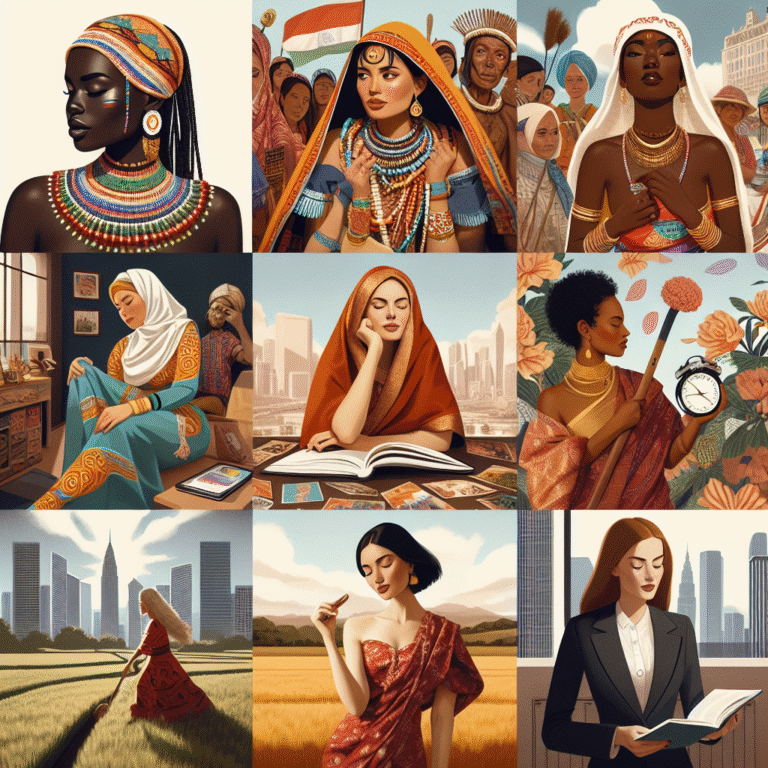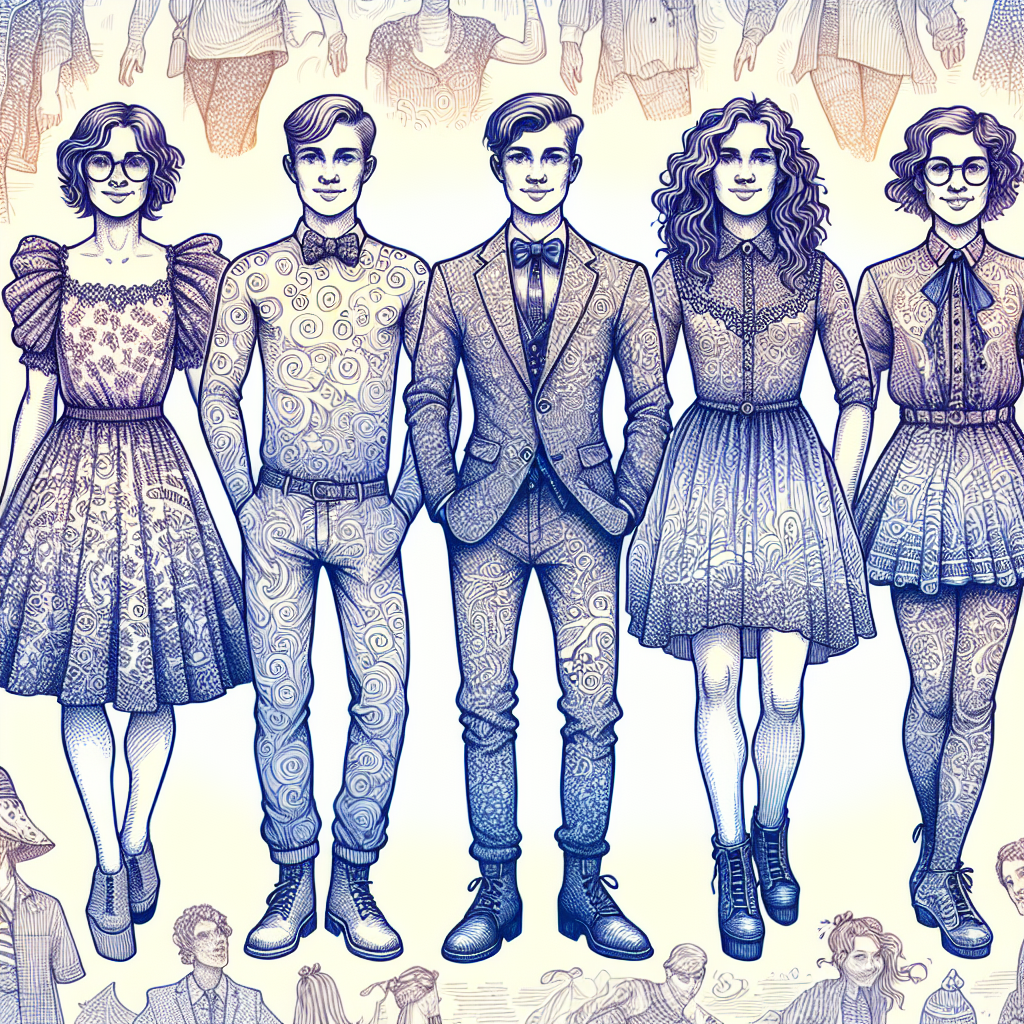
Introduction
In a world where first impressions are often made in the blink of an eye, clothing serves not just a functional purpose; it becomes a powerful medium of self-expression. Fashion as Identity: How Clothing Choices Reflect Personal Gender Expression is a dynamic interplay between societal norms and personal identity. The garments we choose to wear aren’t merely fabric threaded together; they’re statements etched in style that communicate who we are — or who we wish to become.
This article aims to take you on a journey exploring how our clothing choices reflect gender expression, unveiling the stories behind the fabric, and examining the broader cultural implications. Whether you’re experiencing the liberating joy of self-discovery or navigating societal expectations, the choices you make in fashion can profoundly influence both your self-perception and the way you’re perceived.
The Intersection of Fashion and Gender Identity
Understanding Gender Expression
At its core, gender expression is how individuals externally communicate their gender identity, which may or may not align with mainstream societal norms. This expression can be conveyed through clothing, hairstyles, makeup, and even body language. In today’s world, where the binary understanding of gender is increasingly challenged, individuals are exploring and redefining their identities in ways that are as diverse as they are authentic.
When discussing Fashion as Identity: How Clothing Choices Reflect Personal Gender Expression, it’s paramount to remember that what one wears can also signify belonging, resistance, and empowerment. For many, clothing becomes a canvas to paint their unique identity, offering them agency over how they navigate the world.
Case Study: The Androgynous Aesthetic
One of the most notable trends in recent years is the rise of androgynous fashion. Popularized by icons like David Bowie and more recently by artists such as Jaden Smith and Billy Porter, this style blurs the lines between traditional masculine and feminine garments.
Relevance of Androgyny in Fashion
- Social Acceptance: As mainstream culture gradually embraces androgyny, individuals are finding solace in expressing their identities without conforming to traditional gender norms.
- Commercial Impact: Many fashion brands are now producing unisex collections, catering to a growing market that rejects rigid gender classifications.
Table 1: Androgyny in Fashion
| Key Influencer | Year | Impact |
|---|---|---|
| David Bowie | 1970s | Redefined gender norms in pop culture. |
| Jaden Smith | 2010s | Promotes fluidity in gender expression through fashion. |
| Billy Porter | 2019 | Challenges red carpet norms with a flamboyant style. |
Fashion as a Vehicle for Gender Fluidity
Flexibility in fashion enables individuals to explore their identities freely. The concept of gender fluidity challenges the binary, and fashion plays a crucial role in this exploration.
The Rise of Gender-Fluid Fashion
Fashion designers like Telfar Clemens and Thom Browne are pioneering collections designed with fluidity in mind. These brands don’t cater to one demographic; they offer clothing that transcends traditional labels, enabling self-expression for everyone regardless of their gender identity.
Personal Stories: Fashion as Liberation
To delve deeper into the essence of Fashion as Identity: How Clothing Choices Reflect Personal Gender Expression, we can examine compelling personal stories that highlight the transformative power of fashion.
Case Study: Jessie’s Journey
Jessie, a 28-year-old non-binary individual, shares, "Before I embraced gender-neutral clothing, I felt trapped in a binary that didn’t represent who I am. Once I found brands that catered to my style without feeling pressured to conform to ‘masculine’ or ‘feminine,’ my confidence soared."
Jessie’s experience encapsulates how clothing can empower individuals, urging them to step into their true selves — reinforcing the notion that Fashion as Identity: How Clothing Choices Reflect Personal Gender Expression is not just a concept, but a lived experience.
The Impact of Cultural Aesthetics
Fashion is often a reflection of cultural norms and values. Understanding the cultural context is vital when discussing fashion and gender.
Cultural Influences on Fashion Choices
Many global cultures have long histories of gender expression that diverge from Western norms. For example:
- Hijra Community in South Asia: The Hijra community has been recognized as a distinct gender identity that embodies a rich tapestry of tradition and cultural significance, often expressed through colorful clothing and distinctive styles.
- Two-Spirit Identity in Indigenous Cultures: Many Indigenous cultures acknowledge Two-Spirit individuals who embody both masculine and feminine traits, often showcasing this duality through traditional dress.
Table 2: Global Perspectives on Gender Expression
| Culture | Gender Expression | Fashion Influences |
|---|---|---|
| Hijra | Third gender | Bright, embellished clothing |
| Two-Spirit | Dual-gender | Traditional attire showcasing balance |
| Western LGBTQ+ | Fluid expression | Diverse styles, from androgyny to flamboyant |
The Role of Social Media in Shaping Fashion Identity
In today’s digital landscape, social media platforms are pivotal in propagating diverse gender expressions and fashion choices.
Platforms as Catalysts for Change
Instagram, TikTok, and other platforms showcase influencers who challenge the status quo. For instance, creators like Hayley Kiyoko and Connor Franta use their platforms to explore gender expression through style, inspiring their followers to embrace their identities.
A notable example is the hashtag #GenderNonConforming, which has gained traction, creating a community where users share their styles, struggles, and triumphs. This community not only promotes visibility but also underscores the relevance of Fashion as Identity: How Clothing Choices Reflect Personal Gender Expression in real time.
Challenges in the Fashion Industry
Despite the positive changes, the fashion industry faces significant challenges in fully embracing diverse gender expressions.
Barriers to Acceptance
- Market Limitations: Brands often pigeonhole gender categories, limiting innovation and the exploration of diverse styles.
- Stereotypes: Persistent stereotypes can reinforce notions of traditional masculinity and femininity, stifling individual expression.
- Cultural Appropriation: The appropriation of marginalized identities in mainstream fashion can dilute the authenticity of those expressions.
Solutions for Progress
To move forward, the fashion industry must adopt a more inclusive approach:
- Diversity in Marketing: Representation of diverse identities in campaigns will foster acceptance.
- Education: Brands should invest in programs to educate designers, marketers, and consumers about gender fluidity and inclusivity.
- Collaboration: Collaborating with gender-diverse individuals can lead to more authentic, meaningful collections.
Conclusion
Fashion is more than fabric; it is an expression of identity, particularly for those navigating the complexities of gender. Fashion as Identity: How Clothing Choices Reflect Personal Gender Expression underlines the importance of dressing not just to conform, but to communicate who we are.
As we reflect on the journey of clothing as a medium for self-identity, we are inspired to embrace the power of our choices. In a world increasingly open to individual expression, let us celebrate the myriad ways we can showcase our identities through fashion.
FAQs
1. How can I express my gender identity through fashion?
Explore different styles and find clothing that resonates with your personal identity, regardless of societal norms. Experiment with textures, colors, and shapes until you find what feels authentic.
2. What are some brands that promote gender-neutral clothing?
Brands like Telfar, Unisex, and Everlane are leading the way in gender-neutral fashion, offering collections that cater to diverse expressions of identity.
3. How can social media help in finding my style?
Follow influencers and communities who resonate with your identity. Social platforms serve as resources for inspiration and connection, allowing you to discover new styles and trends.
4. How important is representation in fashion?
Representation is crucial in validating diverse identities. When individuals see themselves represented in fashion, it fosters acceptance and encourages others to express their true selves.
5. What can I do if I feel pressured to conform to gender norms in fashion?
Begin by celebrating small victories and choices in your fashion journey. Seek out supportive communities and prioritize styles that make you feel comfortable and confident, disregarding societal judgments.
Fashion is a canvas, and your identity is the masterpiece. Celebrate it boldly.




